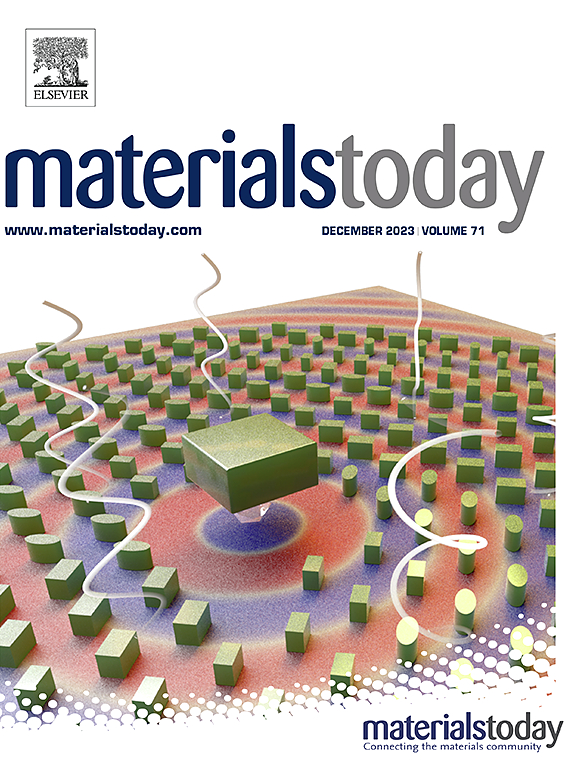Structure modifications of wood-based materials for water treatment applications: A review
IF 21.1
1区 材料科学
Q1 MATERIALS SCIENCE, MULTIDISCIPLINARY
引用次数: 0
Abstract
With global freshwater scarcity and increasing water pollution due to industrial and agricultural activities, there is an urgent need for sustainable, high-performance water treatment materials. Conventional filtration and adsorption materials, such as polymer membranes and activated carbon, often suffer from high energy consumption, secondary pollution, and high production costs. In contrast, wood-based materials offer hierarchical porosity, natural adsorption sites, and tunable surface chemistry, making them a promising candidate for low-cost and environmentally friendly water treatment applications. In this review, we introduced the structure and properties of wood and described how these affect the preparation and water treatment properties of wood-based materials. We also summarized the structure design strategies for wood-based materials, mainly including delignification treatment, nanomaterials modification, functional group modification, and carbonation modification. In addition, we presented a comprehensive investigation of advances in the application of wood-based materials in water treatment with the aim of comparing, analyzing, and evaluating the practical functionality in sterilization, heavy metal ion removal, organic pollutants removal, oil/water separation, and desalination. Finally, we presented the serious challenges and new perspectives for wood-based materials in water treatment.
木基水处理材料结构改性研究进展
随着全球淡水资源的短缺和工业和农业活动造成的水污染日益严重,迫切需要可持续、高性能的水处理材料。传统的过滤吸附材料,如聚合物膜、活性炭等,往往存在高能耗、二次污染、生产成本高等问题。相比之下,木质材料具有分层孔隙度、天然吸附位点和可调节的表面化学性质,使其成为低成本和环保水处理应用的有希望的候选者。本文介绍了木材的结构和性能,并阐述了这些对木基材料制备和水处理性能的影响。总结了木基材料的结构设计策略,主要包括脱木质素处理、纳米材料改性、官能团改性和碳化改性。此外,我们还全面调查了木基材料在水处理中的应用进展,目的是比较、分析和评估木基材料在杀菌、重金属离子去除、有机污染物去除、油水分离和海水淡化方面的实际功能。最后,我们提出了木基材料在水处理中的严峻挑战和新的前景。
本文章由计算机程序翻译,如有差异,请以英文原文为准。
求助全文
约1分钟内获得全文
求助全文
来源期刊

Materials Today
工程技术-材料科学:综合
CiteScore
36.30
自引率
1.20%
发文量
237
审稿时长
23 days
期刊介绍:
Materials Today is the leading journal in the Materials Today family, focusing on the latest and most impactful work in the materials science community. With a reputation for excellence in news and reviews, the journal has now expanded its coverage to include original research and aims to be at the forefront of the field.
We welcome comprehensive articles, short communications, and review articles from established leaders in the rapidly evolving fields of materials science and related disciplines. We strive to provide authors with rigorous peer review, fast publication, and maximum exposure for their work. While we only accept the most significant manuscripts, our speedy evaluation process ensures that there are no unnecessary publication delays.
 求助内容:
求助内容: 应助结果提醒方式:
应助结果提醒方式:


